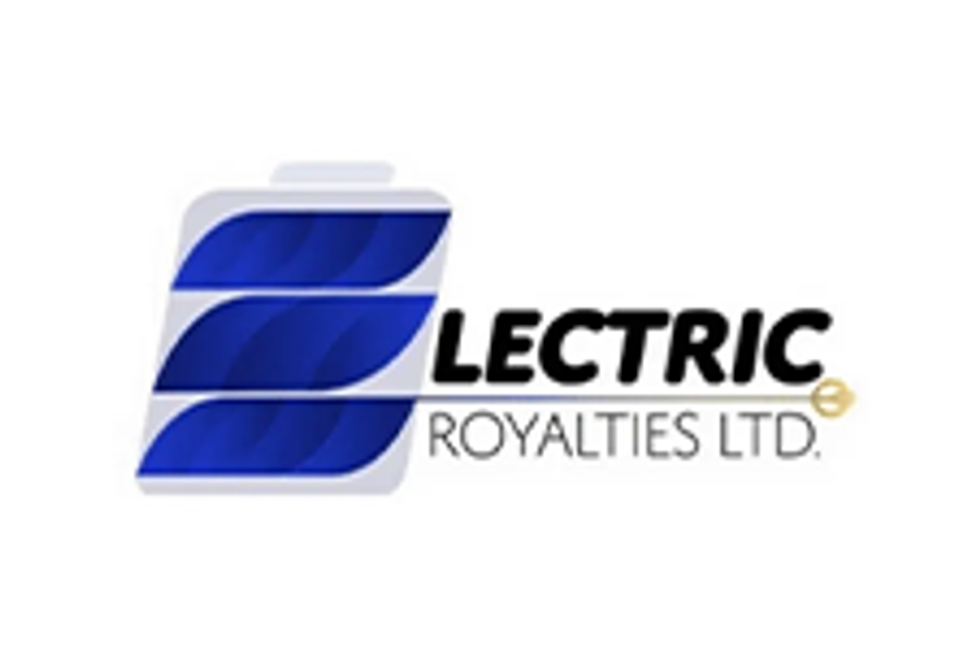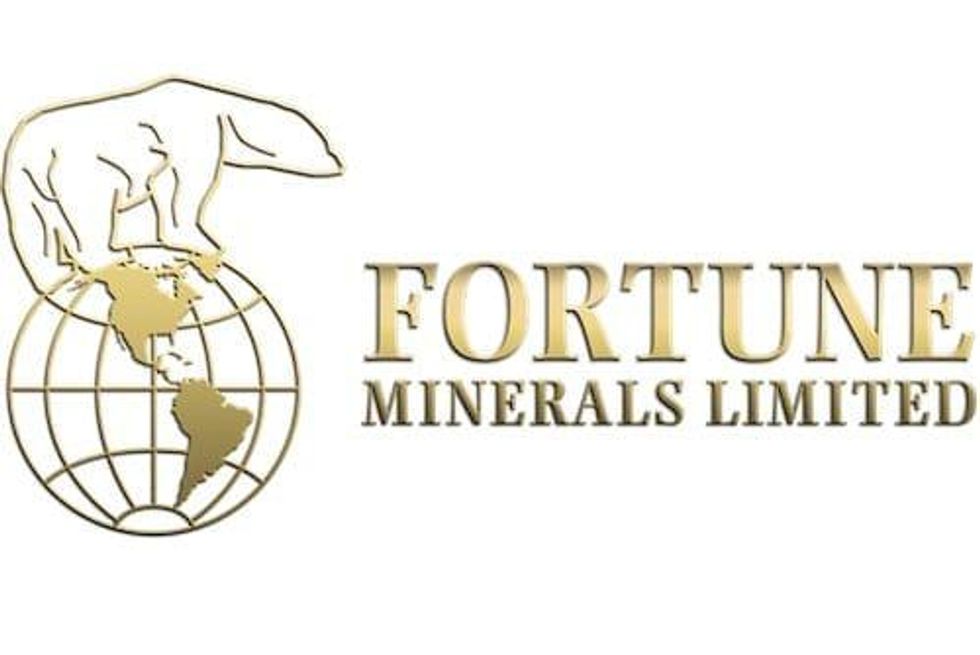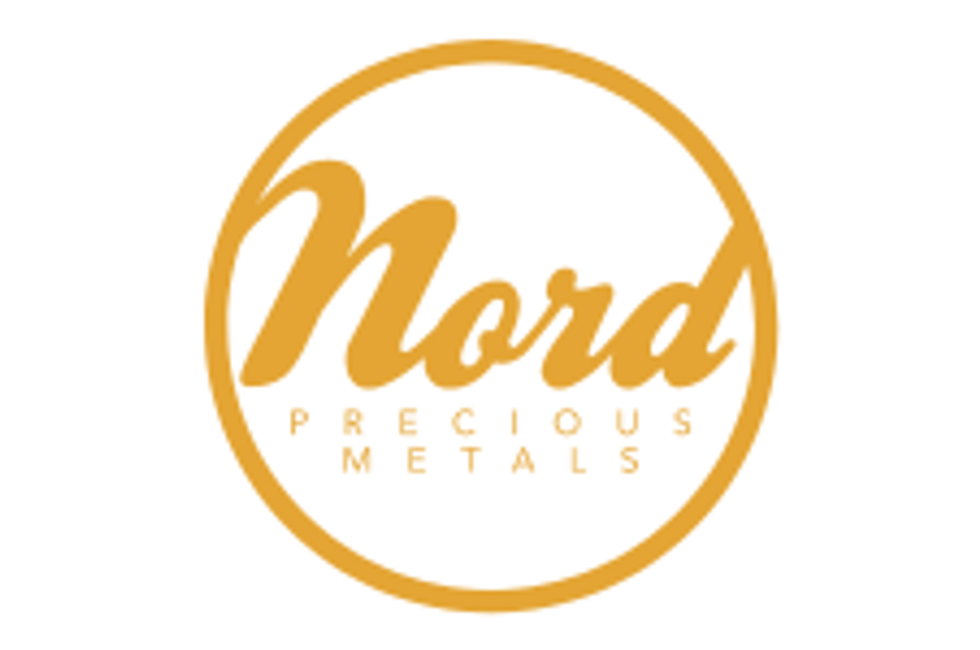Cobalt Supply Growth to Come from These 5 Key Assets
Mined cobalt output will not keep pace with demand in the medium term, but 2022 and 2023 should see a more balanced market.

According to a Cobalt Institute report, supply growth is likely to lag behind demand in the medium term, with the market expected to shift into a deficit by 2024.
“Rising prices over the last 12 months have incentivized further supply side investments but these are currently insufficient to meet the rate of demand growth,” the document states. “Mined supply will continue to see healthy increases year-on-year in 2022 and 2023 before starting to fall away from 2024 onwards.”
After falling in 2020, cobalt mine supply rose 12 percent year-on-year to reach 160,000 metric tons (MT) in 2021. The Democratic Republic of Congo (DRC) remained the top producer of the commodity, accounting for 74 percent of global output and 87 percent of annual growth.
“Following a deficit of around 14,000 tonnes developing in 2021, the market is expected to be more balanced in 2022 and 2023 as supply additions keep pace with demand growth,” the report continues.
“Although this is on the assumption that supply chains begin to normalize from the second half of 2022 which continues to be at risk of further delays.”
Looking at what’s ahead for cobalt supply, it's likely no surprise to investors that the DRC, together with Indonesia, is expected to contribute close to 90 percent of mined cobalt growth in the medium term, with smaller but rising volumes also coming from the US and Canada in North America.
According to the report, the key assets in the DRC include: the Tenke Fungurume expansion; the startup of Mutoshi; Mutanda’s ramp up; increased output from Katanga; and new cobalt production at Kinsevere. In Indonesia, increased domestic mined supply will support new HPAL refining capacity.
Here the Investing News Network takes a deeper look at these projects and what to watch out for.
1. Chemaf’s Mutoshi
With the potential to become one of the world’s largest cobalt-copper mines, Mutoshi is near Kolwezi in the DRC’s Lualaba province. Up until December 2020, the site was used for nearly two years as an artisanal cobalt-mining formalization project run by Trafigura and Chemaf in partnership with the non-governmental organization PACT.
In January 2022, Trafigura inked a US$600 million financing deal with Chemaf, which is a subsidiary of Shalina Resources. The funds will be used to complete the fully mechanized Mutoshi mine and an SX-EW processing plant in Kolwezi, as well as the expansion of the Etoile SX-EW processing plant in Lubumbashi.
Mutoshi is expected to start production by the third quarter of 2023.
2. China Molybdenum’s (HKEX:3993) Tenke Fungurume
China Molybdenum’s Tenke Fungurume mine is one of the largest cobalt-copper producers in the DRC. Last year, the mine produced around 15,400 MT of cobalt and 182,600 MT of copper.
In August 2021, China Molybdenum said it would invest US$2.5 million to boost it copper output by 200,000 MT and its cobalt production by 17,000 MT. The project is expected to be completed by 2023.
But that same month, the DRC government formed a commission to reassess the reserves and resources at the mine to “fairly lay claim to (its) rights.” In February 2022, a court in the country appointed a temporary administrator from state miner Gecamines, which owns a 20 percent stake in Tenke Fungurume, to run the mine. Late in March, the DRC halted its court case against China Molybdenum while the two sides try to negotiate.
3. & 4. Glencore’s (LSE:GLEN) Mutanda and Katanga
As a result of declining prices, Glencore’s Mutanda mine was put on care and maintenance in 2019. In December 2021, the company confirmed it was looking to restart operations.
Once it restarts, Mutanda is expected to produce about 11,000 MT of cobalt per year between 2022 and 2025. Annual output will increase following that, and the annual average output over its full 20 year mine life is expected to be about 76,000 MT copper and 21,000 MT cobalt.
In 2020, Katanga Mining went private, with Glencore now owning 100 percent of the company. Last year, cobalt production from Katanga reached 23,800 MT, with production hit due to power supply issues in Q4.
Similar to other companies with cobalt assets in the DRC, major miner Glencore is facing higher scrutiny over its extractive deals in the country.
5. MMG’s (HKEX:1208) Kinsevere
Located in the south of the DRC, Kinsevere was acquired by MMG back in 2012. In March 2022, the company announced the Kinsevere expansion plan, which is to extend the mine's life by at least an additional 13 years.
The Chinese company expects the expansion project to increase production to up to 80,000 MT per year of copper cathode and 4,000 to 6,000 MT per year of cobalt in cobalt hydroxide.
Construction will commence in 2022 with first cobalt production expected in 2023, and total capital expenditure is set to be in the range of US$550 million to $600 million.
Don’t forget to follow us @INN_Resource for real-time updates!
Securities Disclosure: I, Priscila Barrera, hold no direct investment interest in any company mentioned in this article.
- Cobalt Outlook 2022: Rapid EV Growth to Drive Demand, Resilience ... ›
- Cobalt Stocks: 5 Biggest Producers (Updated 2022) | INN ›
- 5 Largest Cobalt Mines in the World | INN ›
- Top Cobalt Reserves by Country | INN ›
- Top Cobalt Production by Country | Cobalt Investing | INN ›



